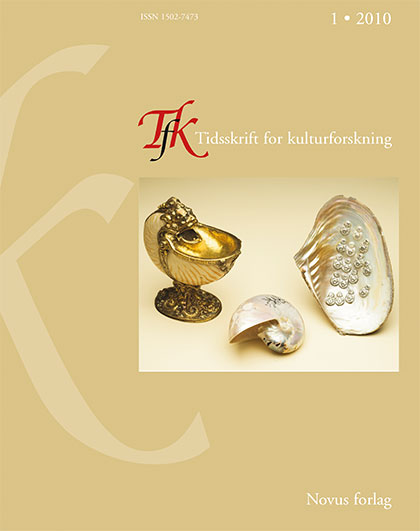Sammendrag
This paper takes the work of John Aitken, physicist and meteorologist, to illustrate one facet of nature on display in late nineteenth-century Scotland. Commentators on Aitken from the early twentieth century classified him as a devotee of 'outdoor physics'. They recognised his profound spiritual engagement with everyday environmental phenomena, understanding that his explanations of dew or clouds according to scientific canons did not diminish his wonder at nature. Here, I re-consider Aitken's programme of reducing complex phenomena on the largest natural scale, whether a beautifully coloured sky or a vast weather system, to the scope of his domestic workshop laboratory. Trained as an engineer, Aitken used mechanical skills to manufacture models of glaciers or anti-cyclones at home. In a process of small-scale 'mimicry', models provided suggestive analogies to natural phenomena, from which scientifically useful inferences could be made. It was a scientific style intermediate between the reductive, analytical practices of the physical laboratory and the observation of untamed natural phenomena. In an age of 'Big Science', with international involvement and costs beyond the reach of the individual, Aitken prided himself on what he called a 'test-tube kind of work', devoid of mathematical complication; he nevertheless won a prestigious Royal Medal from the Royal Society of London. For Aitken, glaciers and clouds alike could be reduced to homely demonstrations fit for gentlemanly entertainment.
Forfattere beholder opphavsretten og gir tidsskriftet rett til første publisering av arbeidet. En Creative Commons-lisens (CC BY-SA 4.0) gir samtidig andre rett til å dele arbeidet med henvisning til arbeidets forfatter og at det først ble publisert i dette tidsskriftet.

